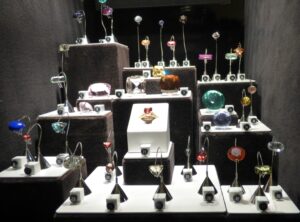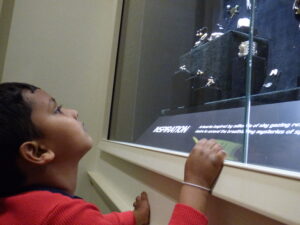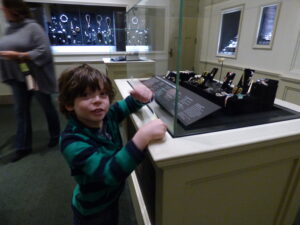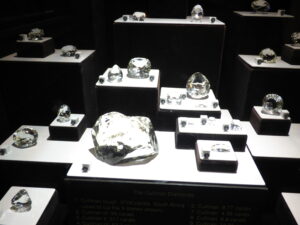This week, I presented Growing Their Curriculum: The Emergent, Interest-Driven Curriculum (How It’s Done in a Real Classroom) at the Young Child Expo and Conference. We had a lively discussion near the end and we missed a few of the questions posted by attendees. Below are some of the questions.
How do you incorporate an emergent curriculum when using a prescribed curriculum?
One of the ways to work within this predefined structure is to set aside short sections of your day to study the children’s interests. Although it is lovely to devote your entire day to child-led research, it is not always possible. If 15 minutes a day or two periods per week are all you can manage with a hectic schedule, it will still be more than never acknowledging your students’ desires to delve further into their own questions.
How to explain an emergent curriculum to parents?
Parents want their children to grow and succeed. They need to know that their child will do so in your classroom. When explaining the use of an emergent curriculum to teachers, I adamantly suggest the requirement of fully knowing your students learning goals be they benchmarks, standards or developmental milestones. When you know what your children need to learn next, you will know how to support them as they grow. Once you are comfortable with this knowledge, explaining to parents how you will sheppard their child along the process is more manageable. Be ready to explain how their child will practice, experiment and grow in all domains.
The most powerful evidence of the learning possible in an emergent curriculum comes from the children’s own work and voices. Share these with parents and include explanations of the learning happening. Use documentation boards, blogs, tweets, letters home or any other communication method that works for you to present the parents with examples of their child’s growth.
Is it still Reggio? Do you consider yourself “Reggio-Inspired?”
My teaching is Reggio Emilia inspired. Although a class cannot become “Reggio”, many of the truths at the heart of the Reggio Emilia Schools can be applied within our classrooms. I believe that each child comes to my class full of curiosity and as a capable, experienced scientist. My job is to help them explore their interests while providing them with the environment and tools they need to grow in all domains. An Every Day Story gives a wonderful description of Reggio-inspired teaching.
How do you create art projects based on a family or gardening unit?
First, let me say that there are practically no “craft” projects completed in our classroom. When we are researching a topic, we often draw, sculpt, paint and invent representations that go along with our studies. Many times, the creation of a finished product is not nearly as important as the process that goes along with it. The children’s work is can be seen through photos, their journals, portfolios and their drawings lovingly taped to anything that is not painted. (We wouldn’t want to damage the walls, so we tape onto everything else.) I let go of “art projects” when I realized that a beautiful finished product was not the point of using materials. In our room the following are important:
- experimentation with materials
- explorations of a material’s properties
- discovering limits and boundaries to our plans (gravity, space, time, other friends in our class)
- investigating options when met by these limits
- adjusting and moving forward
In a family study, we have drawn and painted our families. We have sculpted our mothers and built our homes out of boxes.
A garden study might make us curious about how to create a vegetable garden using water colors. Maybe we’d even make masking-tape vegetables. There is no denying the joy of unhindered access to masking-tape.
What is the longest time you have worked on a unit?
Just to get this off my chest, I don’t actually refer to our studies as units. I’m not actually sure why. I think a unit reminds me of a set in stone group of activities that were devised by the teacher to meet the teacher’s goals. A unit also sounds like a measurement, something with a definite beginning and ending.
I usually refer to our learning as studying topics or conducting research. Many years ago, I had the pleasure of studying with Erin Kenny of Cedarsong Nature School. Erin referred to her take on emergent curriculum as “flow learning.” Erin’s program wa completely outdoors and naturally (pun intended) connected to the daily ebb and flow of questions offered by the environment. It makes sense that a topic of study might last for weeks or minutes. I’ve brought a bit of this flexibility to our classroom.
A topic might be investigated for weeks at a time. This year, I’m fairly certain we could have continued studying pandas until the children grew beards. Even though we sensed a shift in their interest and have since moved on, pandas still play a huge role in the children’s play each day.
At other times, an engaging topic springs up so quickly that you daren’t miss the opportunity to learn more. Our very short (one Morning Meeting) molecule study is a great example.
Then, there are of course, the flops. Sometimes, you notice a string of interest only to watch it fizzle as the children begin to explore it. No worries. Emerge yourself onward, my friend. If we are not learning alongside our students, what is the point?










